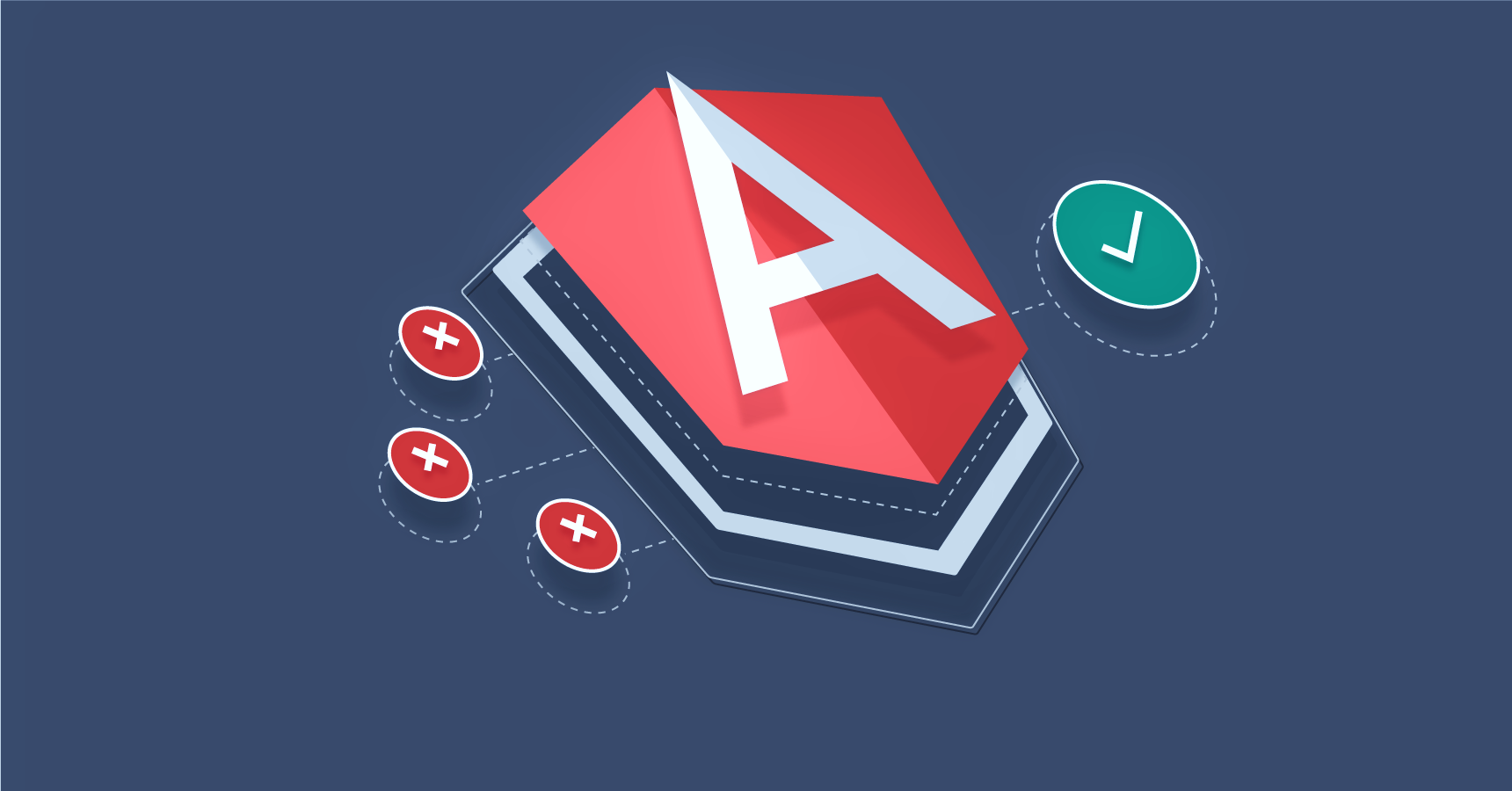Angular – introducing semantic versioning
Using semantic versioning is about managing expectations. It’s about managing how the user of your application, or library, will react when a change happens to it. Changes will happen for various reasons, either to fix something broken in the code or add/alter/remove a feature. The way authors of frameworks or libraries use to convey what impact a certain change has is by incrementing the version number of the software.
A production-ready software usually has version 1.0 or 1.0.0 if you want to be more specific.
There are three different levels of change that can happen when updating your software. Either you patch it and effectively correct something. Or you make a minor change, which essentially means you add functionality. Or lastly, you make a major change, which might completely change how your software works. Let’s describe these changes in more detail in the following sections. Angularjs Online Training Hyderabad
Patch change
A patch change means we increment the rightmost digit by one. Changing the said software from 1.0.0 to 1.0.1 is a small change, usually a bug fix. As a user of that software, you don’t have to worry; if anything, you should be happy that something is suddenly working better. The point is, you can safely start using 1.0.1. Angular Training
Minor change
This means the software is increased from 1.0.0 to 1.1.0. We are dealing with a more severe change as we increase the middle digit by one. This number should be increased when functionality is added to the software and it should still be backward compatible. Also, in this case, it should be safe adapting the 1.1.0 version of the software.
Major change
At this stage, the version number increases from 1.0.0 to 2.0.0. Now, this is where you need to the lookout. At this stage, things might have changed so much that constructs have been renamed or removed. It might not be compatible with earlier versions. I’m saying it might because a lot of software authors still ensure that there is decent backward compatibility, but the main point here is that there is no warranty, no contract,
guaranteeing that it will still work.
What about Angular?
The first version of Angular was known by most people as Angular 1; it later became known as AngularJS. It did not use semantic versioning. Most people still refer to it as Angular 1.
Then Angular came along and in 2016 it reached production readiness.
Angular decided to adopt semantic versioning and this caused a bit of confusion in the developer community, especially when it was announced that there would be an Angular 4 and 5, and so on. Google, as well as the Google Developer Experts, started to explain to people that it wanted people to call the latest version of the framework Angular - just Angular. Learn more Angularjs Online Training
You can always argue on the wisdom of that decision, but the fact remains, the new Angular is using semantic versioning. This means Angular is the same platform as Angular 4, as well as Angular 11, and so on, if that ever comes out. Adopting semantic versioning means that you as a user of Angular can rely on things working the same way until Google decides to increase the major version. Even then it’s up to you if you want to remain on the latest major version or want to upgrade your existing apps.
#Angular Training #Angularjs Online Training #Angular Certification #Angular Course #Angularjs Course
